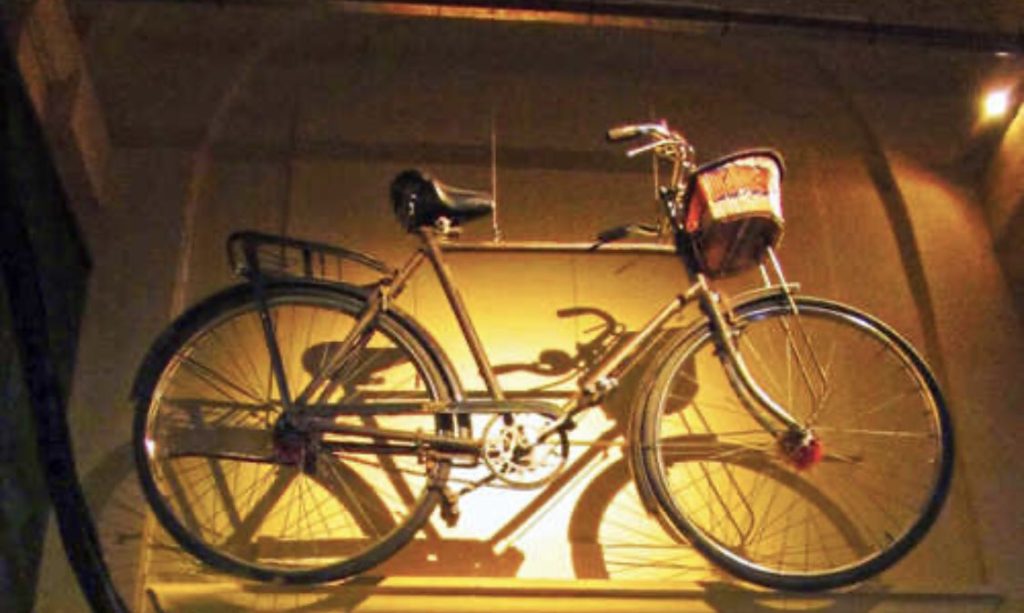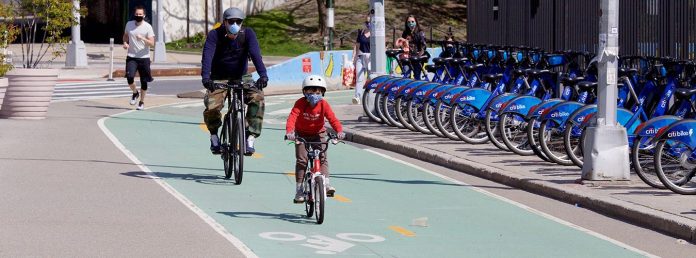In the post-independence era, Rai Bahadur Janki Das Kapur, seeing the demand for bicycles, started to assemble them from a modest shed in Sonipat (then in undivided Punjab, now Haryana) in the year 1950. By 1951, within the first 12 months in the business, Janki Das had sold 12,000 bikes and relocated into a 25-acre factory complex called ‘Atlas Cycle Industries Ltd’. Janki Das Kapur, would soon be known as the man behind Atlas Cycles, the largest bicycle maker in the world.

The Era of Bicycles
Bicycles were introduced in Europe in the 19th century. The most verifiable version called ‘The Running Machine’ was invented by a German Baron, Karl Von Drais in 1817. In 1868, Europe started to mass produce them to serve as a principal means of transportation. Since then it took 40 years to be introduced by the British to India. In 1910s British manufacturers like BSA, Rudge, and Raleigh exported around 35,000 bicycles to India. The numbers rose to 70,000 in 1940s and 200,000 by 1950s. It was the right moment to supplement the movement of Swaraj and manufacture bicycles in the newly independent India. It was the birth of the Indian bicycle.
Kinetic Engineering Limited, a part of the Kinetic group of companies, launched the moped ‘Luna’ in 1972. Since then transportation changed and bicycles became almost obsolete. From public transport to private cars and two-wheelers, India has seen a major shift in the means of transportation. Today, riding a bicycle continues as a means of transport and as a means for livelihood among newspaper vendors, milkmen, postmen, and dabbawalas. Many Indians perceive cycling as a low-status way of getting around. The only bicycle manufacturers who survived this change are those who re-invented products to offer fashionable bicycles for urban kids, sturdy bicycles for mountain sports, and trendy bicycles for outdoor fitness. Today the Netherlands has 1100 bicycles per thousand of population, Denmark 830, Germany 700, Japan 700, Sweden 670, China 360, and India a mere 90 only.

The Glory and the Achievements
The Sahibabad unit of Atlas Cycles exported cycles and cycle spares to over 12 countries including Saudi Arabia, UAE, Qatar, Bahrain, Kuwait, Oman, Iraq, Germany, Denmark, Holland, Sri Lanka, Bangladesh and Myanmar. In January 2019, Sahibabad introduced its latest and last product range.
In addition, Atlas Cycles achievements include:
- In 1965, Atlas Cycles emerged as India’s largest cycle manufacturer.
- Introduced India’s first racing bicycle in 1978.
- Winner of Italy’s Gold Mercury International Award, 1977.
- Was appointed official supplier of bicycles to the IXth Asiad held at Delhi in 1982.
- Introduced first 5 & 10 gear cycle in India in 1987.
- Won the Second prize for trade promotion at India International Trade Fair, New Delhi Nov 2012.
- In February 2013, won First Prize in publicity category at All India Industrial Exhibition, Hyderabad.
- Received the prestigious FICCI Award for ‘Best Industrial Relations’.
- Winner of EEPC Award for export excellence.
- First to introduce twin suspension double shocker bike in India.
- First company to introduce bicycle with power brakes.
(Data source: Atlas Cycles website)

The start downhill
Janki Das Kapur passed away in 1967 leaving Atlas Cycles for his three sons, BD Kapur, Jaidev Kapur and Jagdish Kapur. He had built a market leader and enjoyed the position for almost 25 years. Atlas Cycle was India’s largest cycle manufacturer in 1965. It even became one of the top bicycle producing companies in the world with a capacity to produce 40 lakh bicycles per year. Some of the well-known trade names associated with the company were Atlas, Army, Eastern Star and Zebra. But by the 1980s changing mode of mobility and rise in competition from brands like Hero, Avon, Alka and Roadmaster (also known as RMI) started to form cracks in the business model. Hero Cycles which was incorporated around the same time (in 1956) overtook Atlas Cycles to become the No.1 brand in India. Its enormous size can be inferred from its capacity to produce 1 cycle every 9 seconds. Hero Cycles export products in 89 countries including USA and Germany.
Adding fuel to the fire was the lack of integrating change, low investment in R&D, no advertising and marketing initiatives, and limited evolved products. Further, in 2002 there was a big family feud and Arun Kapur, son of BD Kapur was thrown out of the family business. As the family fought, smart management took a backseat which triggered the decline of the company and the brand. The company, which started manufacturing bicycles in 1951, had closed down its Malanpur unit in Madhya Pradesh in December 2014 and suspended manufacturing at its Sonipat, Haryana unit in February 2018. The manufacturing plant in Sahibabad, the biggest in the country that started in 1989 and was the last operational plant of the Atlas cycle with a monthly production of over two lakh bicycles, also declared on June 3, 2020, that it had to lay off 431 employees and that it was not in a position to resume manufacturing operations due to financial constraints.

I wouldn’t agree on ‘All good things must come to an end’.
Like the proverb, all good things must come to an end, so did the life of Atlas Cycles. On June 3, 2020, World Bicycle Day, Atlas closed down its last manufacturing unit in Sahibabad. It saddens me to see a legacy of more than 70 years left behind by Janki Das Kapur come to an end. After all, I had learned how to cycle on a ‘ladies cycle’ manufactured by Atlas Cycle then. Some sweet memories remain…

